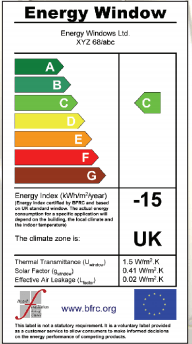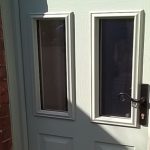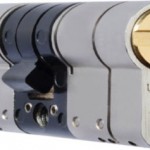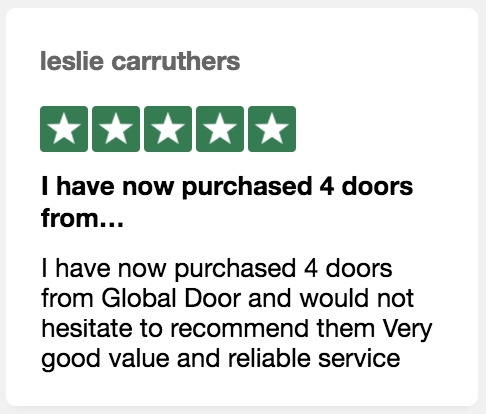U Values and Composite Doors : What are they?

Every year around about October the days get shorter and the nights get colder until sometime around March it all goes into reverse and the one thing that we can all be sure of is that sometime during these dark months there will be an exceptionally cold period of weather, which, in recent years has extended for weeks. This is when you most need a draught proof well fitted and securely sealed front door.
Over recent years numerous studies have been carried out notably by the Department of Energy and Climate Change (DECC) – the attached paper is a typical example – such studies have invariably concluded that, insulated doors are the third most cost effective Energy-saving home improvement that it is possible to make, a replacement boiler and cavity wall insulation being the most cost effective savings.

The technical description of a “U” value is how much thermal energy in Watts [W] is physically transported through a building component with the size of 1 square meter [m²] at a temperature difference of 1 Kelvin [K] (=1ºC). Thus the unit for U-values is W/(m²K).

Or put more simply the “”U” Value measures how well a component (such as a roof, wall, window, or premium quality Door) keeps heat inside a building. The higher the U Value, the more heat will flow through, hence a good U Value is a low one as you will want to keep heat inside the building (especially in this country).
All new doors can now be tested for their Energy efficiency and be given a simple A-G rating. A high performance insulated door will have a minimum energy rating of ‘C’ and above, it is advisable to avoid doors with a rating of ‘D’ or below. The rating your door will be influenced by its glazing content. Current legislation requires that all new doors sold and fitted in England & Wales must have a “U” value not exceeding 1.8W/m2K and the lower level of (1.6W/m2K applying in Scotland). The U-value of a door is a measurement of its energy efficiency, the lower the value, the more energy efficient it will be.
The construction of modern composite doors offer vastly enhanced door ratings because of the solid foam core or compressed hardwood cores, which, have excellent thermal properties and as all of our doors are provided as door sets with door and frame pre engineered and fit in a factory environment – rebated frames and superior draught sealing all but eliminate draughts.
At Composite Door Prices we review all the doors for which we offer price comparisons are vetted on strict criteria and WER rating is a key requirement for the doors we compare – they must have a WER rating and every door once sold to the purchaser must have a “certificate” confirming its rating.



























